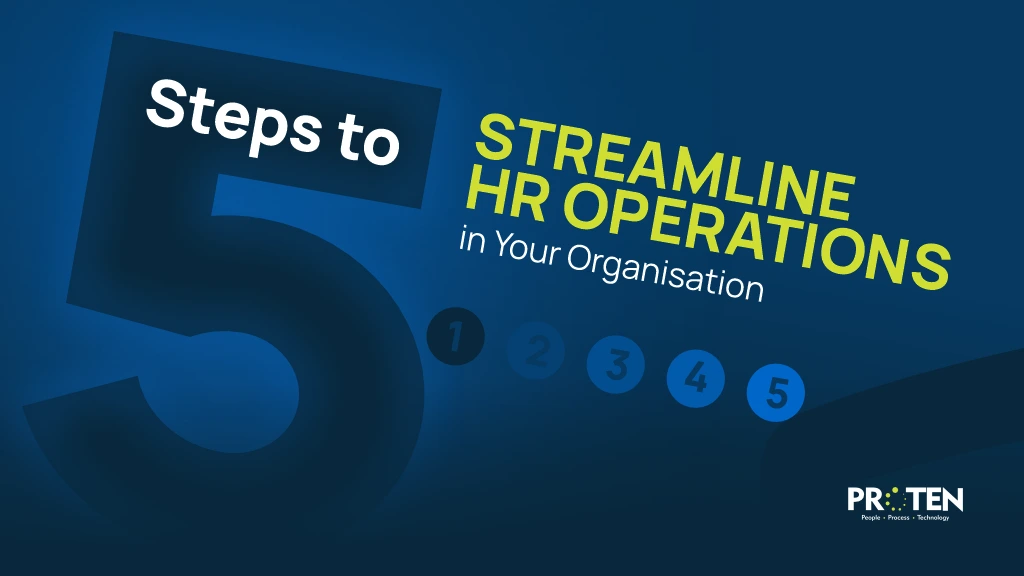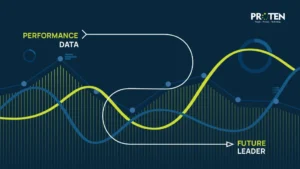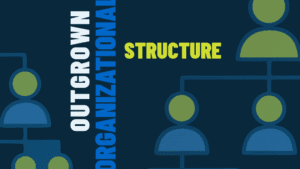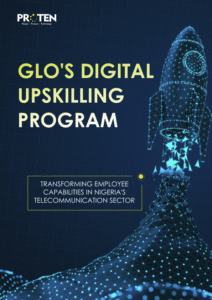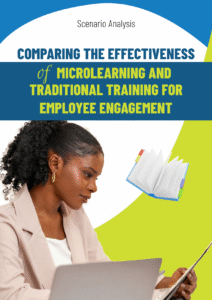If you run a business, you’ve probably seen how your HR operations can start simple and then quietly turn into a maze. One new form here, one approval step there, and before you know it, your team spends hours every week chasing information instead of doing meaningful work.
We’ve seen this happen in companies of every size. The intentions are always good. Everyone’s trying to stay organised, follow due process, and avoid mistakes. But when the process becomes heavier than the task itself, it stops serving people. It slows decisions, creates confusion, and chips away at productivity.
This blog walks through five practical steps that can help you simplify HR operations in your organisation without losing control or structure.
What Does It Mean to Streamline HR Operations?

Before you can simplify HR, it helps to understand what “streamlining” really means.
In simple terms, streamlining HR operations means enhancing the efficiency of HR processes by reducing the time required, minimising manual steps, and achieving more consistent results. The goal isn’t to replace people with technology. It’s to design systems that make everyday HR tasks like hiring, onboarding, payroll, and performance tracking run more efficiently.
In Nigeria, about 65% of businesses still run HR on spreadsheets or paper files. That alone slows everything down, but there’s progress because companies that have embraced HR automation have seen clear results like shorter hiring cycles, faster payroll runs, and fewer errors. One report found that some organisations reduced time-to-hire by nearly a third and cut payroll admin time in half.
The shift doesn’t have to be dramatic. It can start with something as simple as removing duplicate forms, automating approval workflows, or using one central platform for multiple HR functions. Over time, these small fixes add up. They free HR teams from manual drudgery and create smoother experiences for everyone in the organisation.
5 Steps to Streamline HR Operations
Improving HR doesn’t have to be complicated. These five steps can help you clear the clutter, save time, and make your HR team’s work more efficient.
Step 1: Audit Your Current HR Workflows

Before you fix anything, you need to see where the friction actually is. A lot of business owners assume HR delays come from people not doing enough, but it usually comes from the process itself. When every request needs three approvals or ten emails, even the best team will move slowly.
Start by mapping out how tasks currently move through your HR function. Don’t overcomplicate it, just write down each step, who’s responsible, and where information tends to get stuck. You’ll often find small gaps that cause the biggest slowdowns.
For instance, maybe new hire information goes through HR, then finance, then admin, before a laptop is issued. Or performance reviews get delayed because managers don’t have a clear template to follow. Once you see these choke points on paper, it’s easier to streamline them.
Download our HR Audit Checklist here.
Step 2: Centralise Employee Data

One of the biggest reasons HR work feels slow is that information lives in too many places. Employee details in one spreadsheet, payroll in another, performance reviews in someone’s inbox and before you know it, nothing matches up.
When data is scattered, every update turns into detective work. HR teams spend time confirming what’s accurate instead of acting on it. Managers struggle to make quick decisions because they can’t see the full picture. Even small errors, like an old job title or missed allowance, can create frustration and extra work.
Centralising employee data doesn’t mean buying the most expensive HR system on the market. It means having one reliable source where employee information, pay details, leave records, and performance history are stored and updated in real time. Whether that’s through an internal platform or a managed HR solution, the goal is consistency.
Download our performance review checklist here.
Step 3: Automate Routine Tasks

Every HR team has tasks that repeat like clockwork, for instance, tasks like leave requests, onboarding checklists, payroll updates, and reminder emails. These tasks matter, but they shouldn’t consume entire workdays.
Automation helps you handle these recurring activities with less effort and fewer mistakes. It doesn’t have to be complicated or expensive. Even small automations, like sending offer letters through an e-signature platform or scheduling onboarding reminders, can save hours each week.
Think about it this way: if a task follows a predictable pattern, it can probably be automated. For example, when a new hire is added to the system, their onboarding checklist should trigger automatically. When an employee’s contract is due for renewal, HR shouldn’t have to remember manually because the system can prompt it.
Download our onboarding, offboarding and layoff checklist here.
Step 4: Empower Managers and Employees

Simplifying HR isn’t just about improving systems. It’s also about trusting people to handle what they can. When every small request has to pass through HR, things slow down fast.
Empowering managers and employees means giving them the right tools and access to manage parts of their own HR experience. Managers should be able to review attendance, track performance goals, or approve time-off requests without waiting on endless email chains. Employees should be able to view payslips, update their details, or check their leave balance without calling HR every time.
This shift does more than reduce workload. It changes how people relate to HR. Instead of being seen as a gatekeeper, HR becomes a partner by providing structure and support while others handle day-to-day actions themselves.
Step 5: Measure, Improve, and Adapt

Streamlining HR isn’t something you do once and tick off a list. Workflows change as your business grows. New tools come in, policies shift, and team structures evolve. The only way to keep HR running smoothly is to check regularly what’s working and what’s slowing people down again.
Start by tracking a few simple metrics. How long does it take to close a role? How quickly are employee requests resolved? How often do payroll or data errors occur? These numbers tell you where to focus your attention. You don’t need a complex dashboard. Just consistent tracking and honest feedback from the people using the process daily.
Read more about: How to Measure the ROI of Your Performance Management Strategy.
Simplified HR, Stronger Business
When HR runs smoothly, everyone feels it. Decisions happen faster. Communication becomes clearer. Employees spend less time waiting for answers and more time doing meaningful work.
Simplifying HR operations isn’t about buying more software or overhauling everything at once. But it’s about paying attention to the small gaps that slow people down and fixing them one step at a time.

